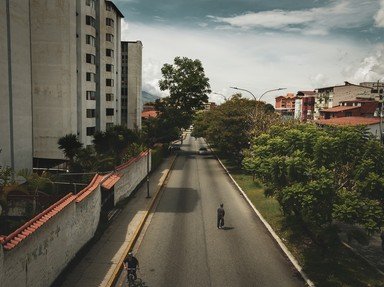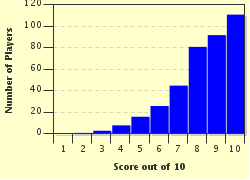Quiz Answer Key and Fun Facts
1. The official name of a country is often unwieldy and much longer than the name by which the country is commonly known. Venezuela is definitely not an exception to the rule - what is its full title?
2. Which Venezuelan city, the capital of Carabobo state, shares its name with a city in eastern Spain?
3. Venezuela's Lake Guri is unlikely to have been the inspiration for a hit Quentin Tarantino film, but it does have another claim to fame. Of what specific type of lake does it rank amongst the largest in the world (by both surface area and volume)?
4. Venezuela was a founding member of which international organisation?
5. A tour around Venezuela might take you some time as it covers a sizeable, triangular shaped chunk of northern South America. To which of the following countries is Venezuela closest in size?
6. If you heard some traditional Venezuelan music, then chances are that it might be being played on a Venezuelan cuatro, the national musical instrument. To what broader family of musical instruments does the Venezuelan cuatro belong?
7. Which Caracas landmark is the seat of government and official workplace of the president of Venezuela?
8. Venezuela is home to many species of a large family of flowering plants, making it no surprise that one of them, named Flor de Mayo, was picked as the national flower. What type of plant is Flor de Mayo an example of?
9. With which of its neighbours has Venezuela had a long-standing boundary dispute over land to the west of the Essequibo River?
10. What dramatic Venezuelan landmark can be found on Mount Auyantepui?
Source: Author
Fifiona81
This quiz was reviewed by FunTrivia editor
Tizzabelle before going online.
Any errors found in FunTrivia content are routinely corrected through our feedback system.


